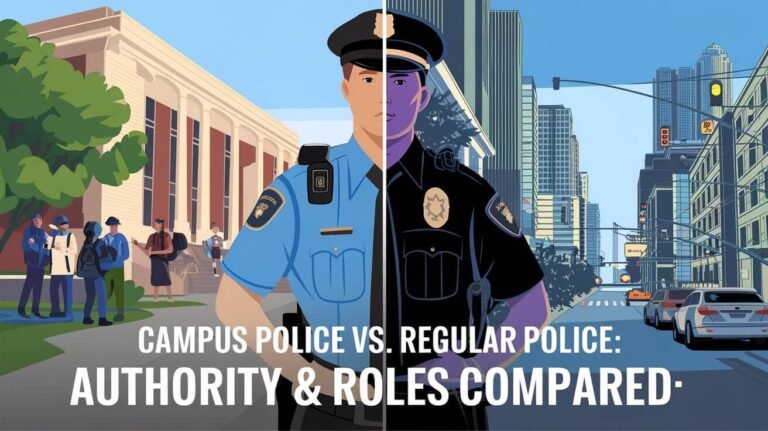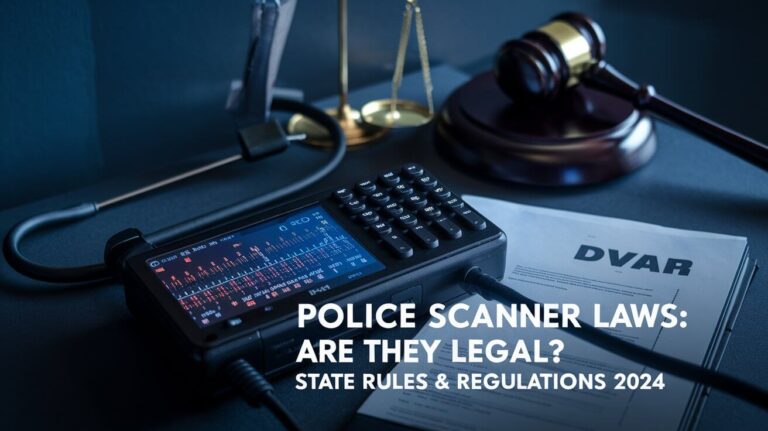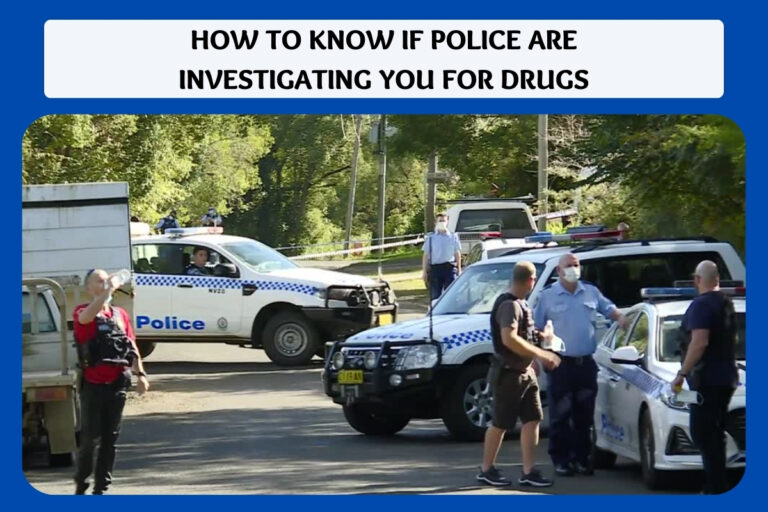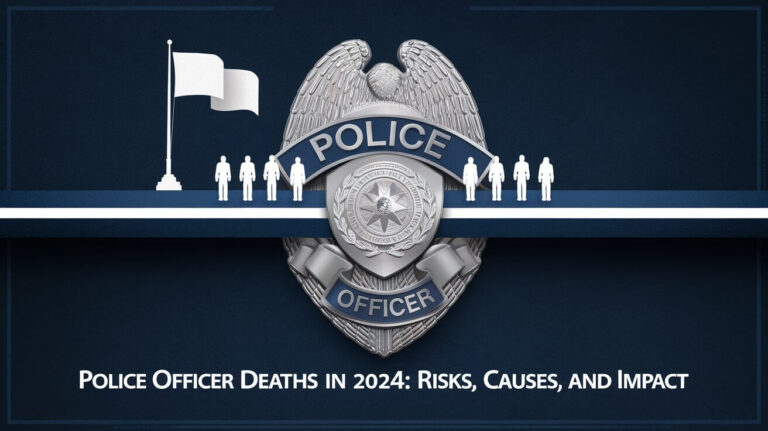What is Code 3 Police? Understanding Emergency Response Protocols
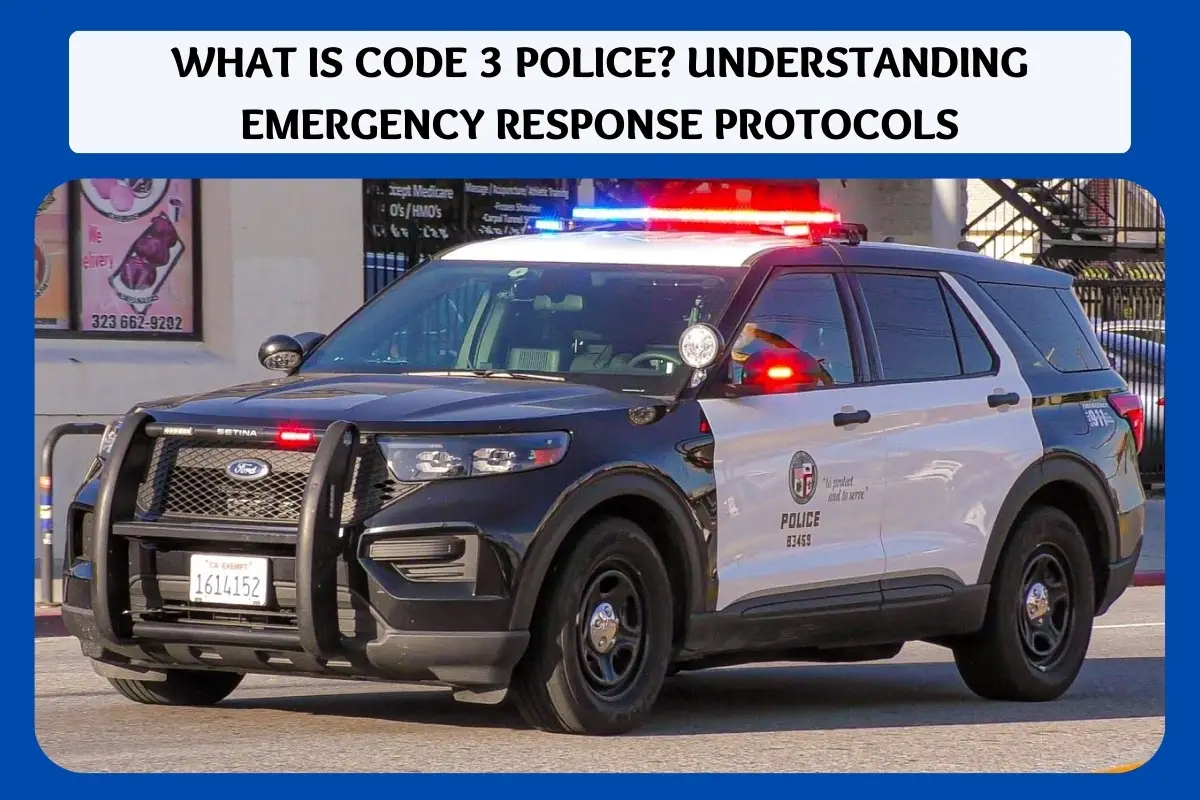
What is Code 3 in police terms? Code 3 is an emergency response that uses lights and sirens to expedite the arrival of police officers to a scene where there is immediate danger to officer or public safety. In this guide, we’ll explain the meaning, purpose, and best practices surrounding Code 3 police responses.
Understanding Police Emergency Response Codes
Police departments utilize a system of standardized emergency response codes to communicate the priority and urgency of a call for service. While the specific codes can vary between jurisdictions, there are some common tiers:
Code 1: Routine Response
Officers respond to the call without the use of emergency lights or sirens, as the situation is not considered urgent.
Code 2: Urgent Response with Lights, No Sirens
Officers use emergency lights to respond to the call, but do not activate sirens unless necessary, such as to yield traffic or pass through intersections.
Code 3: Emergency Response with Lights and Sirens
This is the highest level of response, where officers use both emergency lights and sirens to expedite their arrival at a scene where there is immediate danger to officer or public safety.
Code 4: No Further Assistance Needed
The situation has been resolved, and no additional units are required to respond.
Code 5: Stakeout
Officers are conducting a stakeout or surveillance operation.
The meanings and applications of these codes can vary between police departments and agencies within a jurisdiction. Some departments may use additional or modified codes.
What is Code 3 in Police Terms?
Code 3 is the designation for an emergency police response that utilizes both emergency lights and sirens. This type of response is reserved for situations where there is an immediate threat to officer or public safety, requiring a expedited arrival at the scene.
The factors that determine a Code 3 response can include:
- Reported violent crimes in progress
- Serious traffic collisions with injuries
- Pursuit of a fleeing suspect
- Officer requests for immediate backup
When responding Code 3, officers are authorized to exceed the posted speed limit, run red lights, and disregard certain traffic laws, as long as they do so safely and with due regard for the safety of others. The use of lights and sirens helps clear a path through traffic, allowing the responding officers to reach the scene as quickly as possible.
A Code 3 response does not permit reckless driving. Officers must drive safely, following defensive driving principles and being aware of their surroundings. Public and officer safety are the top priorities during a Code 3 response.
Purposes and Implications of Code 3 Responses
The primary purpose of a Code 3 police response is to ensure the safety of officers and the public by enabling a timely arrival at the scene of an urgent, potentially dangerous situation. By using lights and sirens, officers can cut through traffic and reach the location more quickly, increasing the chances of intercepting a suspect, rendering aid to victims, or otherwise mitigating the crisis.
However, the use of Code 3 responses also has several important implications that must be considered:
Public Awareness and Safety
While Code 3 responses are necessary for critical incidents, they can also pose a risk to the public if drivers and pedestrians are not aware of the approaching emergency vehicle or do not know how to properly respond. It’s crucial for the public to understand the significance of Code 3 and how to safely yield the right-of-way to emergency responders.
Officer Safety
The high-speed nature of a Code 3 response can also increase the risk to the officers themselves, as they must navigate through traffic while maintaining control of their vehicle. Proper training, procedures, and situational awareness are essential to ensure the safety of responding officers.
Coordination and Communication
Effective coordination between dispatchers, responding units, and other emergency services is vital during a Code 3 response. Clear communication ensures that all parties are aware of the situation and can work together to ensure a safe and efficient resolution.
Best Practices for Code 3 Responses
To ensure the safety and effectiveness of Code 3 responses, police departments and individual officers must adhere to a set of best practices:
Proper Training and Procedures
Officers must receive comprehensive training on the proper use of emergency lights and sirens, as well as defensive driving techniques. Departments should also develop clear protocols for when and how to initiate a Code 3 response.
Coordination and Communication
Dispatchers must be able to quickly and accurately relay critical information to responding units, including the nature of the emergency, the location, and any relevant updates. Officers should also maintain open communication with dispatch and other responding units throughout the response.
Safe Driving Practices
While operating under Code 3 conditions, officers must remain vigilant and drive in a manner that prioritizes the safety of the public and themselves. This includes obeying traffic signals, yielding the right-of-way, and being prepared to immediately deescalate the response if necessary.
Intersection Management
Intersections pose a particularly high risk during Code 3 responses, as other drivers may not be aware of the approaching emergency vehicle. Officers should slow down, scan the intersection, and be prepared to come to a complete stop if necessary to avoid a collision.
Public Education and Awareness
Police departments should work to educate the public on the meaning and importance of Code 3 responses, as well as how drivers and pedestrians should respond when they encounter an emergency vehicle. This can help mitigate the risks posed by Code 3 responses and ensure the safe passage of officers and the public.
Conclusion: The Importance of Understanding Code 3 Police Response
Code 3 is a critical component of the emergency response system, enabling police officers to quickly reach the scene of a dangerous situation and take immediate action to protect the safety of the public and their fellow officers. By understanding the meaning, purpose, and best practices surrounding Code 3 responses, both law enforcement and the community can work together to ensure the effective and safe resolution of these high-priority incidents.
As a member of the public, it’s important to be aware of the significance of a Code 3 response and to know how to properly react when encountering an emergency vehicle using lights and sirens. By working together, we can help ensure the safety of our communities and support the vital work of our police officers.


